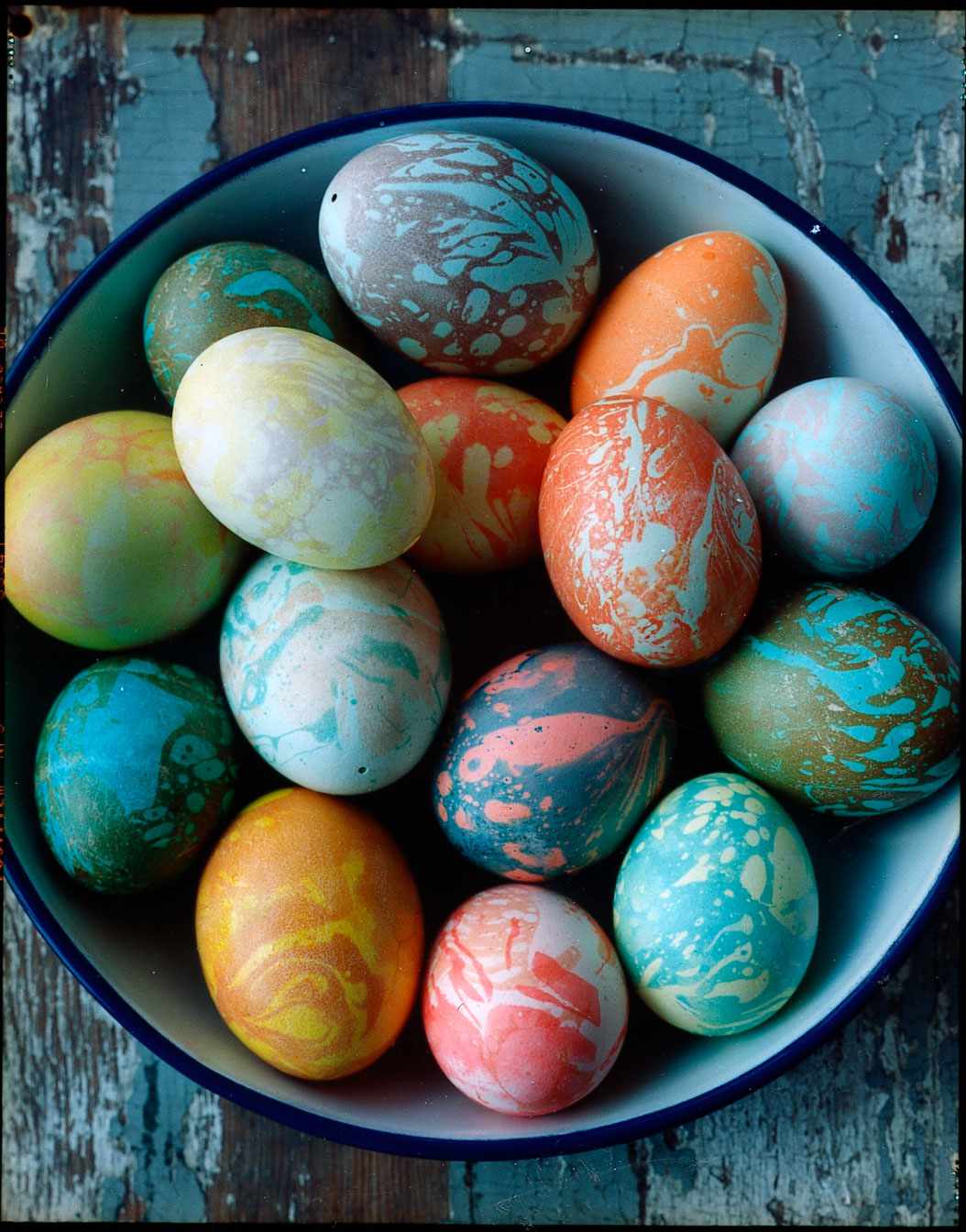
Easter is perhaps the most significant day on the Western liturgical calendar, celebrated in commemoration of the day Jesus Christ rose from the dead after his crucifixion on Good Friday. Many of the symbols and traditions of Easter have their origins in an older, Germanic tradition that is still celebrated to this day by Christians and neopagan revivalists alike, Ostara.
Ostara is traditionally celebrated on March 21, spring equinox as it is the solar compliment to Easter’s lunar reckoning. It is one point on the Eight-Fold Wheel of the Year, and it is regarded as one of the four high holy days in modern Druidry called Alban Eiler: “the Light of the Earth.”
The word Ostara derives from the old Anglo-Saxon word Eostre, the name of an obscure Germanic goddess about whom little is known today. Her name is linguistically related to the word for “east,” giving further credence to the strong solar significance of the holiday. And from this name we also derive the word Easter.
In modern paganism Ostara is regarded as the Festival of the Trees, due to the regrowth of their foliage at this time of year, a strong metaphor for resurrection and rebirth. Agriculturally Ostara comes at the end of the spring sowing season. Flowers are blooming everywhere and the insect population is making a drastic comeback. The animals are beginning to start their mating dances and pollen wafts through the air fertilizing the crops. Colored eggs and rabbits are indicative of this season by virtue of their association with fertility. In such, this holiday is directly associated with the inner Cauldron of Incubation. This is a very inspirational time.
At Ostara the Corn Mother is celebrated in her first stirrings of pregnancy and often symbolically sacrificed as an expectant mother must sacrifice of herself to bare and care for her children. This is a consistent theme amongst many agricultural societies from the Anglo-Saxon John Barley Corn to various Native America manifestations of the Corn Mother.
It’s not all just joy and the pleasures of fertility, however. Ostara also has certain themes of conflict associated with it. As the day that finally signifies the summer’s conquest over winter, the conquest of darkness by light, and allegorically the conquest of evil by the good an d majestic solar hero. And so we see ritual competitive sports and ball games are traditional at this time. Amongst many Western European populations there will be a ritualized and symbolic battle between the seasons, often in the form of a sword dance wherein the participants act out the opposing roles as either teams or one on one.
Ostara may not be Easter, but the two holidays share a common history, symbolism and philosophical character that are significant to the natural cycles of life. The winter has finally ended. There is abundance in life and resources looking forward. The darkness has been conquered.
